Home>Gardening & Outdoor>Landscaping Ideas>How High To Leave Grass Over Winter
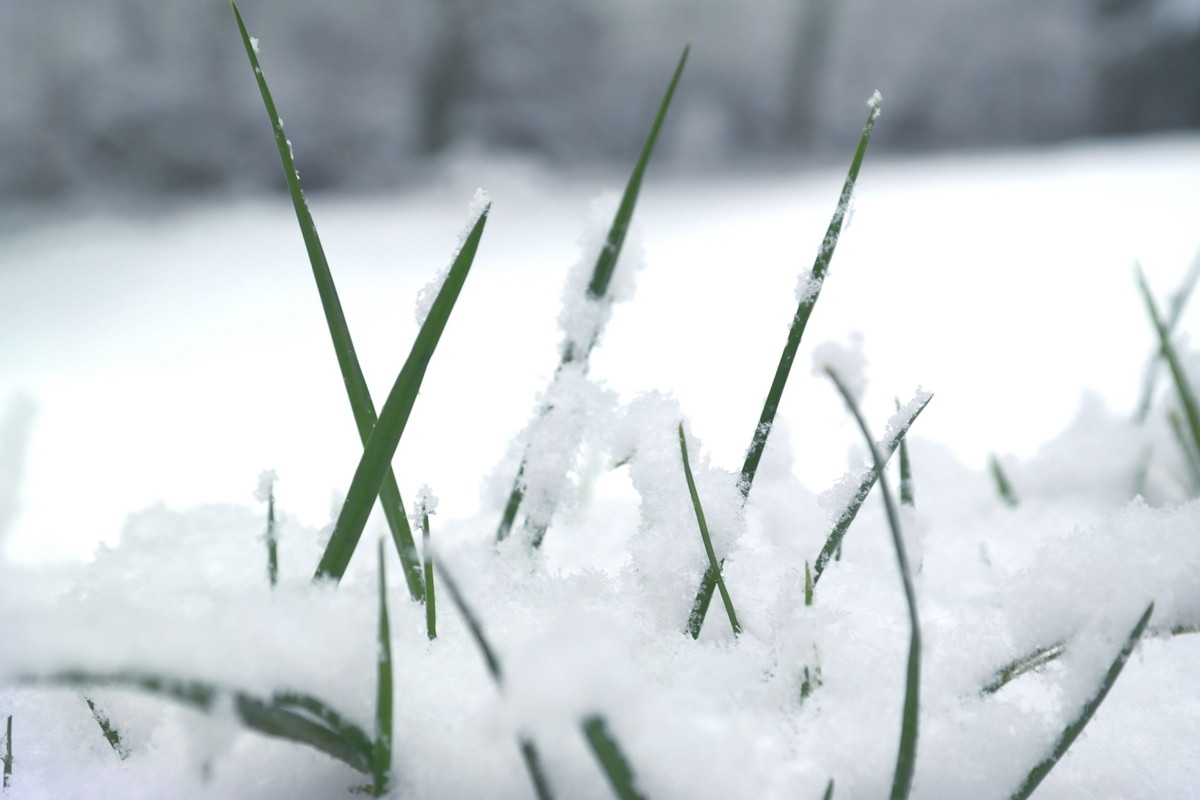

Landscaping Ideas
How High To Leave Grass Over Winter
Modified: February 18, 2024
Discover effective landscaping ideas for winter by learning the ideal grass height to leave for a healthy lawn. Improve your winter lawn care with our expert tips.
(Many of the links in this article redirect to a specific reviewed product. Your purchase of these products through affiliate links helps to generate commission for Storables.com, at no extra cost. Learn more)
Introduction
As the vibrant colors of autumn fade and the chill of winter sets in, many homeowners shift their focus from lawn maintenance to preparing their landscapes for the colder months. One crucial aspect of winter lawn care is determining the optimal grass height to maintain during this dormant season. While it may seem like a minor detail, the height at which you leave your grass can significantly impact its health and appearance come springtime.
Leaving grass at the right height over winter is a practice that often goes overlooked, yet it plays a pivotal role in ensuring the overall well-being of your lawn. By understanding the importance of this aspect of winter lawn care and learning the factors to consider when deciding how high to leave grass over winter, you can set the stage for a lush, vibrant lawn when the warmer weather returns.
In this article, we'll delve into the significance of maintaining the proper grass height over winter and explore the various factors that should influence your decision. Additionally, we'll provide valuable tips for determining the ideal grass height for winter and offer best practices for mowing your grass before the arrival of winter. By the end, you'll be equipped with the knowledge and insights needed to make informed decisions about winter lawn care, setting the stage for a healthy and beautiful lawn in the seasons to come.
Key Takeaways:
- Maintain the right grass height over winter to protect it from harsh weather, store nutrients, and prevent disease. This sets the stage for a healthy, vibrant lawn in spring.
- Consider grass type, climate, recent growth, and aesthetics when deciding the ideal winter grass height. Follow best practices for mowing to prepare your lawn for winter dormancy.
Read more: How To Store Bulbs Over Winter
The Importance of Leaving Grass at the Right Height Over Winter
While the arrival of winter may signal a period of dormancy for your lawn, the care you provide during this time can significantly impact its health and appearance in the long run. One crucial aspect of winter lawn care is determining the optimal height at which to leave your grass. This decision holds substantial importance for several reasons.
First and foremost, the height at which you leave your grass over winter directly influences its ability to withstand harsh weather conditions. By maintaining an adequate height, you provide the grass with better insulation against the cold, reducing the risk of frost damage and root exposure. Additionally, a well-maintained grass height can help prevent compaction caused by snow and ice, allowing the soil to retain its structure and nutrients.
Furthermore, leaving your grass at the right height over winter contributes to the overall health of the lawn. It enables the grass to store essential nutrients and energy reserves, promoting resilience and vigor as it prepares for the dormant season. This, in turn, sets the stage for robust regrowth and a lush, vibrant lawn when spring arrives.
Another key benefit of maintaining the proper grass height over winter is the prevention of disease and pest infestations. Grass that is too short may be more susceptible to damage from freezing temperatures and moisture, making it prone to diseases such as snow mold. On the other hand, excessively long grass can create an ideal habitat for pests and rodents, posing a threat to the lawn’s health.
Additionally, the aesthetic appeal of your lawn is not to be overlooked. By leaving your grass at the right height over winter, you can ensure that it maintains a neat and uniform appearance, even during the dormant season. This can significantly enhance the overall visual appeal of your landscape and minimize the effort required to restore its beauty when spring arrives.
Ultimately, the importance of leaving grass at the right height over winter cannot be overstated. By understanding and implementing this practice, you can safeguard the health, resilience, and visual appeal of your lawn, setting the stage for a thriving landscape in the seasons to come.
Factors to Consider When Deciding How High to Leave Grass Over Winter
When determining the ideal height at which to leave your grass over winter, several factors should be taken into consideration to ensure the health and resilience of your lawn. By carefully evaluating these factors, you can make an informed decision that sets the stage for a thriving landscape come springtime.
- Grass Type: Different grass species have varying ideal heights for winter maintenance. Cool-season grasses, such as fescue and bluegrass, typically benefit from being left slightly longer during the winter months to enhance their cold tolerance. Warm-season grasses, such as Bermuda and Zoysia, may require a different approach due to their dormancy patterns.
- Climate: The local climate plays a significant role in determining the optimal grass height for winter. Areas with harsh winters and prolonged snow cover may benefit from leaving the grass slightly longer to provide insulation and protection against frost damage. In milder climates, where snow cover is less common, the approach to winter grass height may differ.
- Recent Growth: Consider the recent growth patterns of your lawn when deciding on the winter grass height. If your grass has experienced rapid growth leading up to winter, it may be beneficial to mow it at a slightly lower height to prevent it from becoming excessively long and prone to matting under snow cover.
- Previous Lawn Care Practices: Take into account the maintenance practices that have been employed throughout the year. Lawns that have been well-maintained and received regular mowing are likely to have healthier, more resilient grass, allowing for more flexibility in determining the winter grass height.
- Desired Aesthetic: Consider the visual appeal you wish to maintain during the winter months. While the primary focus is on the health and resilience of the grass, the aesthetic aspect should not be overlooked. Striking a balance between functionality and appearance can ensure that your landscape remains visually pleasing even during dormancy.
By carefully considering these factors and evaluating the unique characteristics of your lawn, you can make an informed decision about how high to leave your grass over winter. This thoughtful approach can contribute to the overall health, resilience, and visual appeal of your lawn, setting the stage for a vibrant and thriving landscape when spring arrives.
Leave grass at a height of 2-3 inches over winter to protect the roots from extreme cold and reduce the risk of snow mold. Cutting it too short can leave it vulnerable to winter damage.
Tips for Determining the Ideal Grass Height for Winter
Ensuring that your grass is maintained at the ideal height over winter is essential for its health and resilience. By following these practical tips, you can determine the optimal grass height for winter, setting the stage for a lush and vibrant lawn when spring arrives.
- Consult Local Resources: Seek guidance from local agricultural extension offices or gardening experts to understand the ideal grass height for winter in your specific region. They can provide valuable insights tailored to the local climate, soil conditions, and grass species prevalent in your area.
- Observe Recommended Heights: Research the recommended winter grass heights for the specific species of grass in your lawn. Different grass types have varying ideal heights for winter maintenance, and adhering to these recommendations can promote the health and resilience of your lawn.
- Consider Recent Growth: Take into account the recent growth patterns of your grass when determining the ideal height for winter maintenance. If your lawn has experienced rapid growth leading up to winter, it may be beneficial to adjust the mowing height accordingly to ensure optimal health and appearance.
- Balance Aesthetics and Functionality: Strive to strike a balance between the functional benefits of maintaining the proper grass height over winter and the aesthetic appeal of your landscape. By considering both aspects, you can ensure that your lawn remains visually pleasing while being adequately prepared for the dormant season.
- Adjust Mowing Frequency: As winter approaches, consider adjusting the frequency of mowing to gradually achieve the desired grass height. This gradual approach can help the grass acclimate to the impending dormancy while maintaining its health and vigor.
- Monitor Weather Conditions: Stay informed about upcoming weather patterns and temperature fluctuations in your area. Adverse weather conditions, such as sudden cold snaps or heavy snowfall, may necessitate adjustments to the planned grass height to provide added protection and resilience.
By incorporating these tips into your winter lawn care routine, you can effectively determine the ideal grass height for winter maintenance. This proactive approach can contribute to the overall health, resilience, and visual appeal of your lawn, laying the groundwork for a vibrant and thriving landscape in the seasons to come.
Best Practices for Mowing Grass Before Winter
Proper mowing practices before the onset of winter are essential for preparing your lawn to withstand the challenges of the dormant season and emerge healthy and vibrant in the spring. By following these best practices, you can ensure that your grass is optimally maintained for the colder months, setting the stage for a lush and resilient lawn when warmer weather returns.
- Gradual Height Adjustment: As winter approaches, gradually lower the mowing height over the course of several mowing sessions. This gradual reduction helps the grass acclimate to the shorter height without causing stress or damage.
- Maintain Adequate Height: While it is important to gradually lower the mowing height, avoid cutting the grass too short before winter. Leaving the grass slightly longer provides insulation and protection against frost damage, contributing to the overall health and resilience of the lawn.
- Clear Debris and Leaves: Before the final mowing of the season, clear the lawn of debris, fallen leaves, and other obstructions. This ensures an even mowing surface and prevents the accumulation of moisture and potential fungal issues during winter dormancy.
- Sharpen Mower Blades: Ensure that the mower blades are sharp before the final mowing. Dull blades can tear the grass, leading to frayed edges that are more susceptible to disease and moisture loss during the winter months.
- Follow Recommended Heights: Adhere to the recommended winter grass heights for the specific species of grass in your lawn. Different grass types have varying ideal heights for winter maintenance, and following these guidelines promotes the health and resilience of the grass.
- Time Mowing Appropriately: Schedule the final mowing session before the grass becomes dormant. This allows the lawn to enter the winter season at an optimal height, prepared to withstand the challenges of cold weather and potential snow cover.
By incorporating these best practices into your pre-winter mowing routine, you can effectively prepare your lawn for the dormant season, promoting its health and resilience. These proactive measures set the stage for a vibrant and thriving landscape when spring arrives, ensuring that your lawn emerges from winter dormancy in optimal condition.
Read more: How To Store Cannas Over Winter
Conclusion
As the winter season approaches, the importance of maintaining the proper grass height cannot be overstated. By understanding the significance of this practice and considering the various factors that influence the decision, you can set the stage for a healthy, resilient, and visually appealing lawn come springtime.
Leaving grass at the right height over winter is crucial for its ability to withstand harsh weather conditions, store essential nutrients, and prevent disease and pest infestations. Additionally, the aesthetic appeal of your landscape is preserved, ensuring that your lawn remains visually pleasing even during dormancy.
When deciding how high to leave your grass over winter, it is essential to consider factors such as grass type, climate, recent growth, previous lawn care practices, and desired aesthetic. By carefully evaluating these factors, you can make an informed decision that promotes the overall health and resilience of your lawn.
Practical tips for determining the ideal grass height for winter, such as consulting local resources, observing recommended heights, and adjusting mowing frequency, can guide you in making proactive decisions for your winter lawn care routine. These measures contribute to the long-term health and vibrancy of your lawn.
Furthermore, implementing best practices for mowing grass before winter, including gradual height adjustment, maintaining adequate height, and sharpening mower blades, ensures that your lawn is optimally prepared for the challenges of the dormant season. These proactive measures set the stage for a vibrant and thriving landscape when spring arrives.
In conclusion, the care and attention you provide to your lawn before and during the winter months directly impact its health, resilience, and visual appeal in the seasons to come. By embracing the practices and tips outlined in this article, you can safeguard the well-being of your lawn and lay the groundwork for a lush, vibrant landscape that flourishes when springtime returns.
Frequently Asked Questions about How High To Leave Grass Over Winter
Was this page helpful?
At Storables.com, we guarantee accurate and reliable information. Our content, validated by Expert Board Contributors, is crafted following stringent Editorial Policies. We're committed to providing you with well-researched, expert-backed insights for all your informational needs.

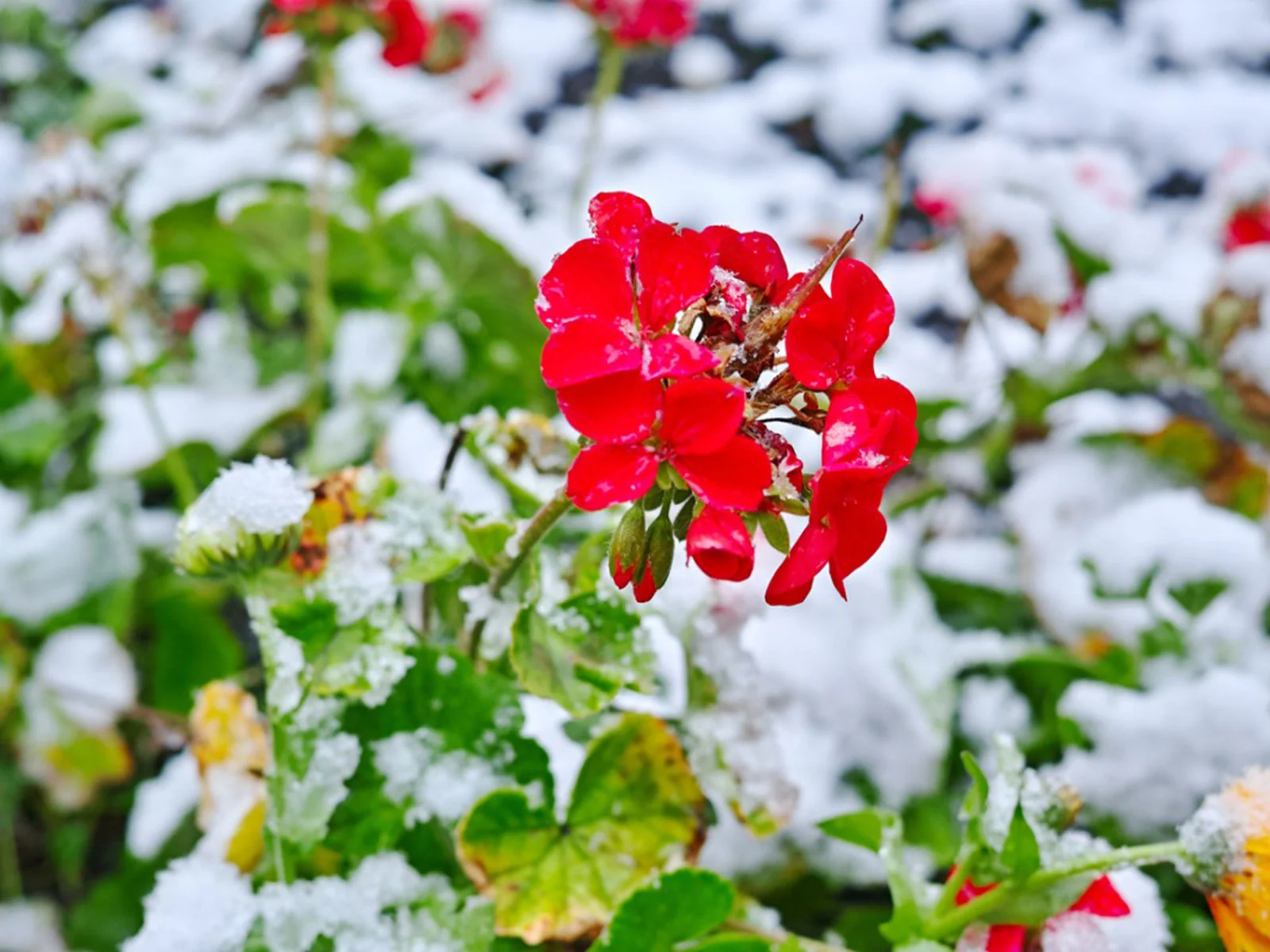


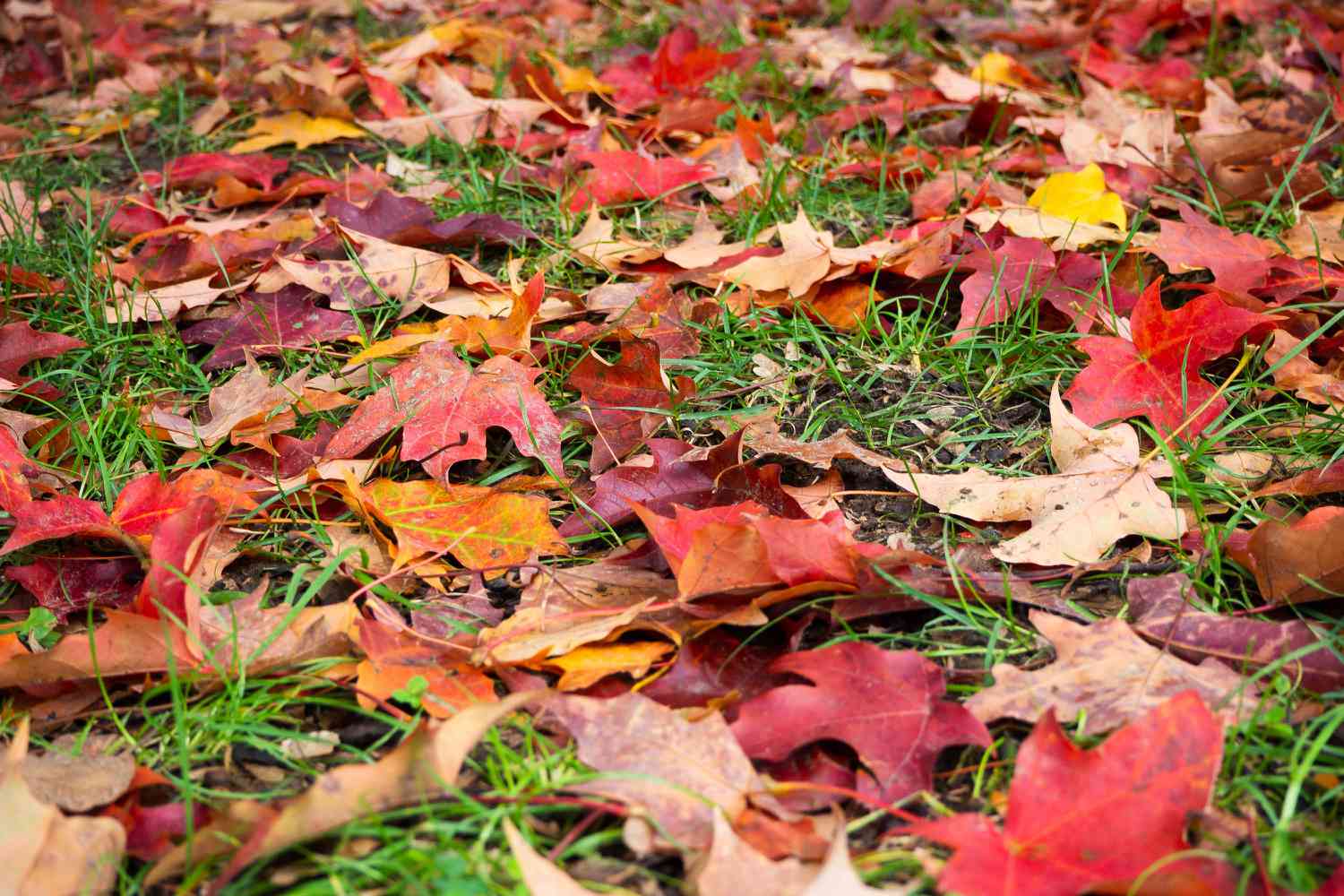
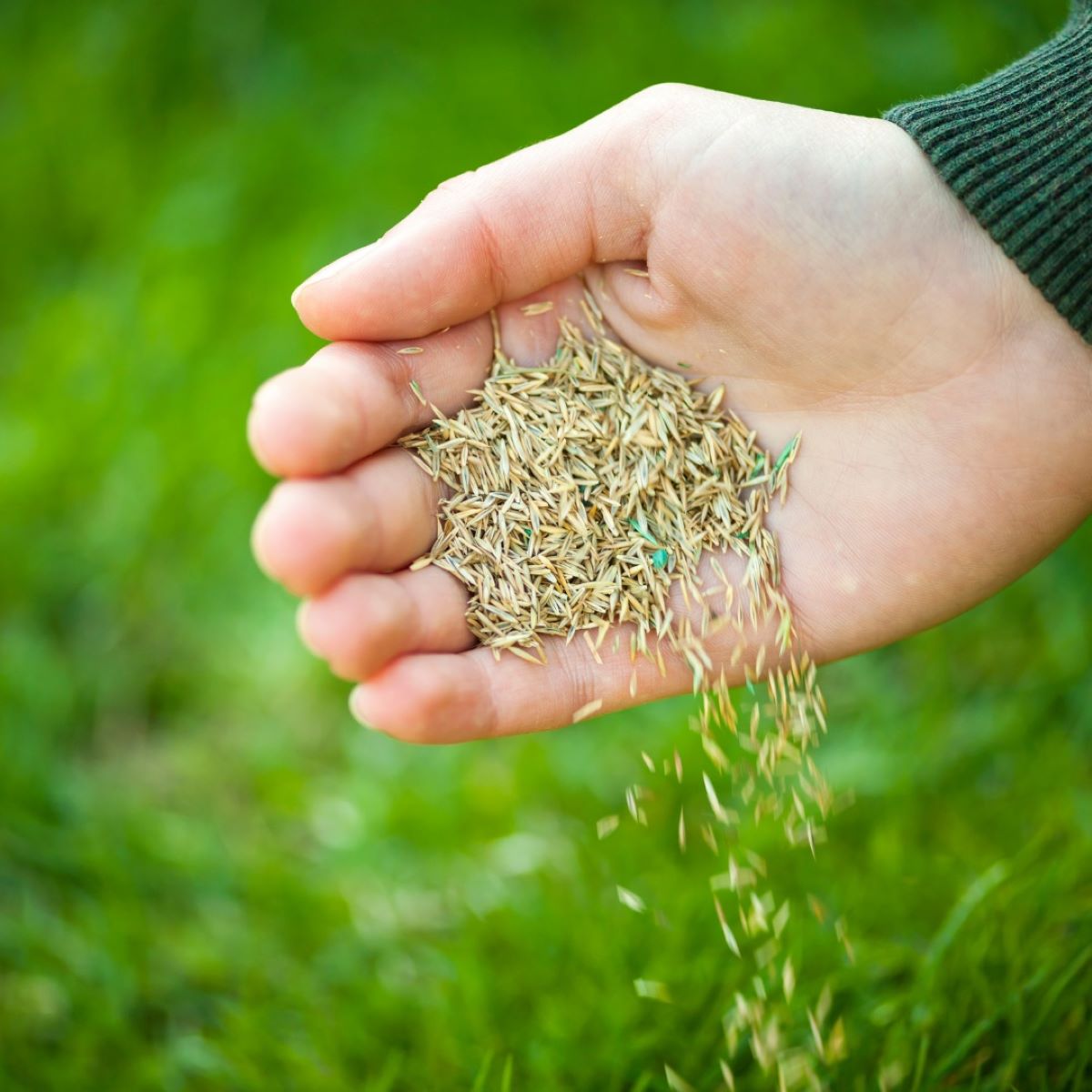


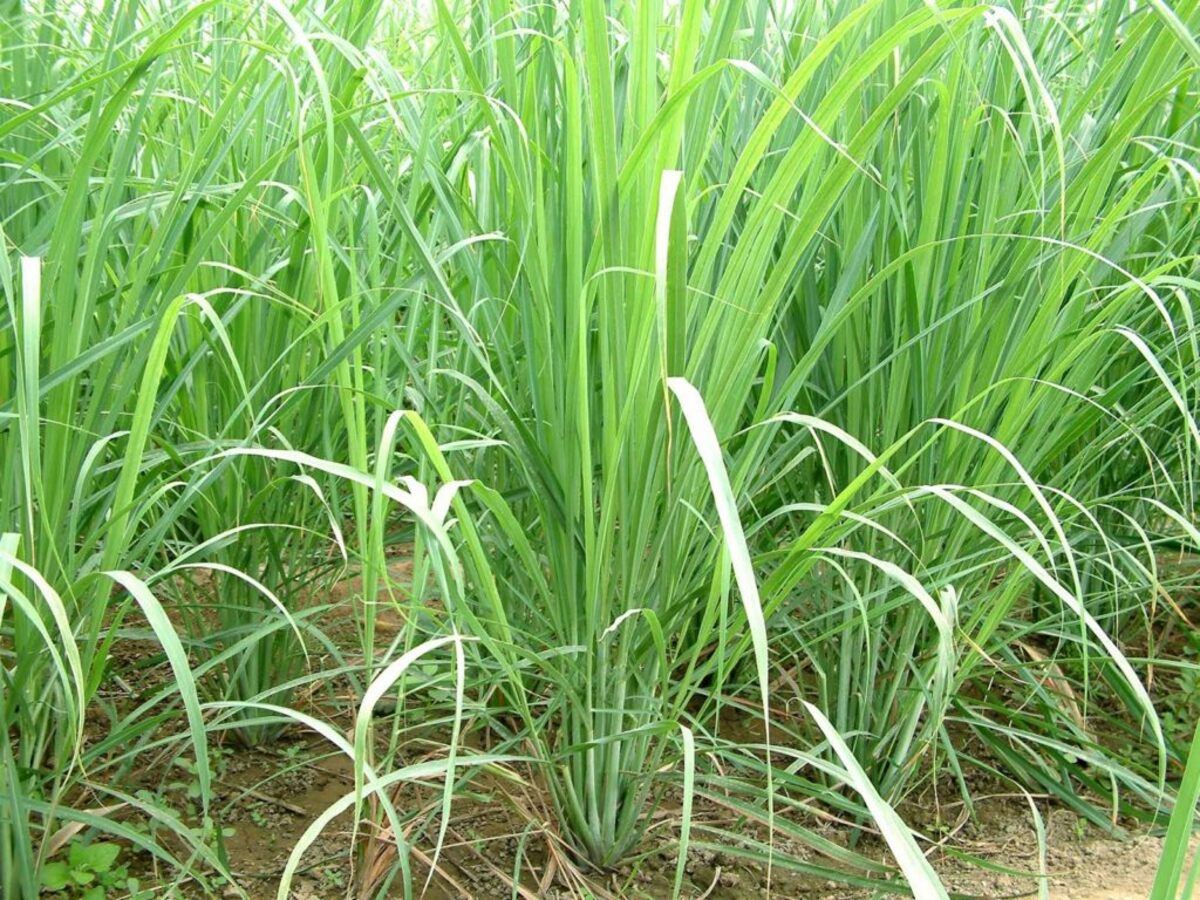






0 thoughts on “How High To Leave Grass Over Winter”